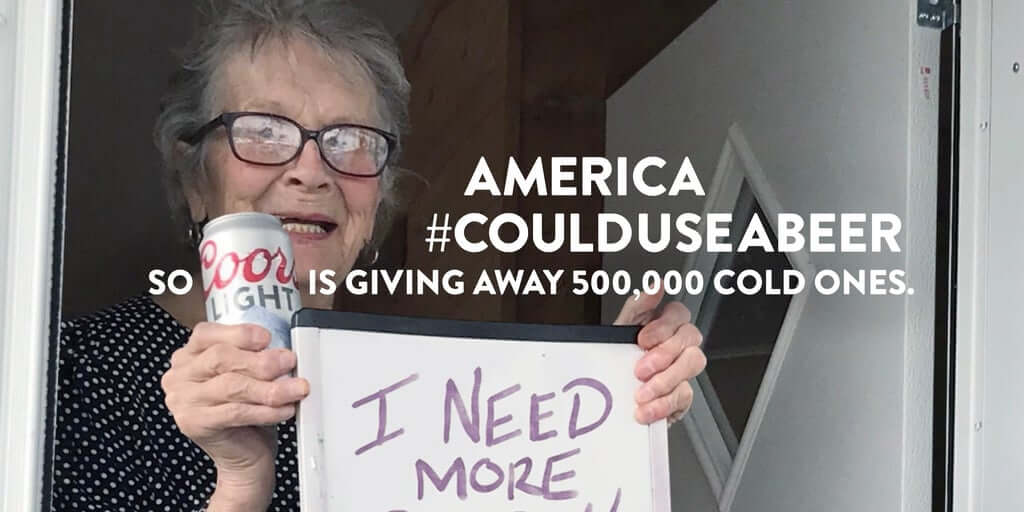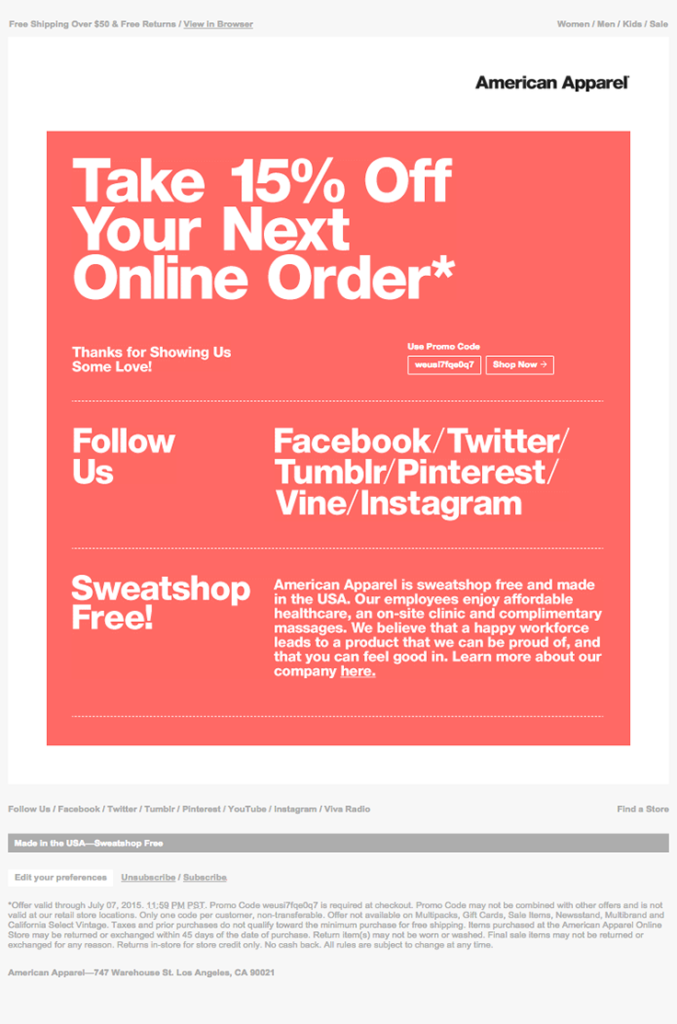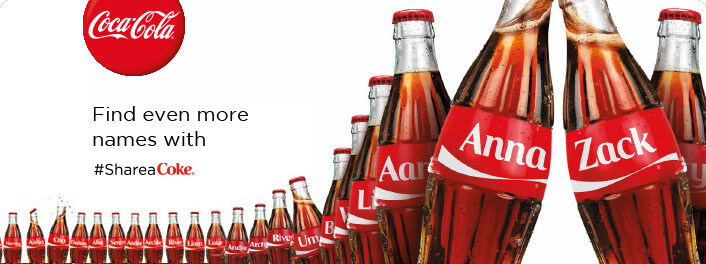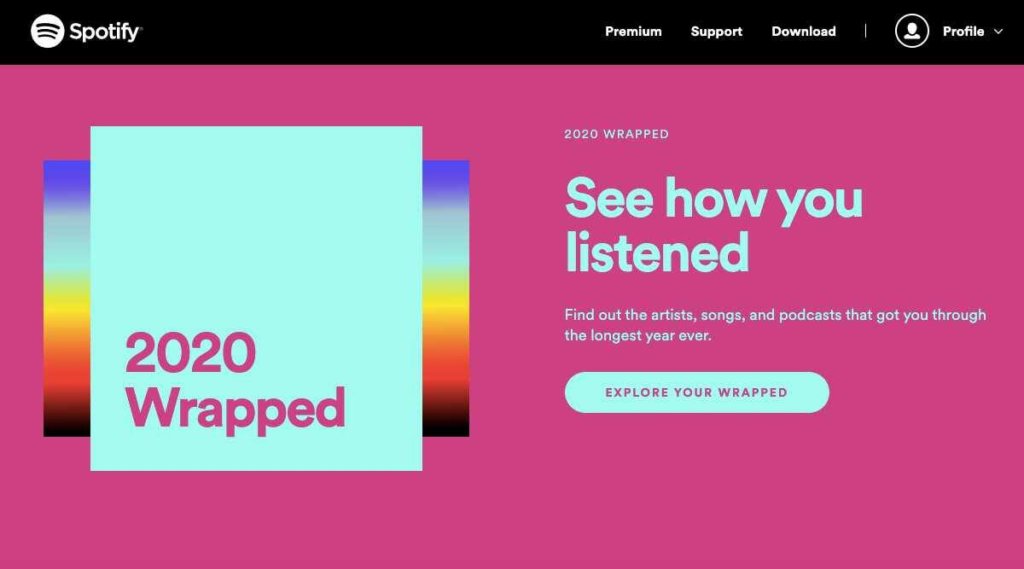Laying Out the Pros and Cons
We know it can be a long process to research, find, and decide on a marketing solutions company that achieves your objectives. We also know that the full package – good data, quality design, excellent messaging, great customer service, mailing and fulfillment, and quantifiable results – is the goal, but not always the outcome. Since we get asked about it from time to time, in this blog, we’re going to cover why you may want to choose to work with a marketing company over a CRM services company who also happens to strategize and launch campaigns. Before you make your decision, give this a quick read.
Not Always the “Path of Least Resistance”
First and foremost, although it may appear “easier” to partner with a CRM service to launch your campaigns (because they have access to CRM) – they don’t always have immediate access to other capabilities. For example, they likely don’t have in-house creative design, printing, fulfillment, and mailing, and if they do have some of them – they likely don’t have all of them to execute a turnkey campaign. The main focus of a CRM company is usually just that – customer relationship management. Their key offering is their ability to compile and supply lists – which they may be excellent at doing, but what will they provide in terms of other areas of expertise?
Because of the outsourced services they use (such as those listed above), CRM companies can’t always make campaign changes on the fly. They’re usually unable to print on-demand, have their artist make quick modifications, make last-minute changes to the mailing process, or most importantly, optimize the campaign based on results, midstream.
The Marketing Differentiators
So, what’s the alternative? Partnering with a marketing solutions company that offers expertise in everything from implementation to optimization. Marketing companies are often also connected directly to the list compiler, and even more than that, they’re usually more closely if not directly connected to everything else you’ll need and use during the campaign production process – from strategy to printing. Since many if not all of their services are in-house (including design, print production, fulfillment, and mailing), you can always make changes and improvements mid-stream and at rapid speed. They can simply call on their marketing team of strategists, artists, print production associates, and others to change gears, swiftly improving the efficiency of the program while it’s in progress and effectively increasing campaign ROI.
Additionally, marketing companies focus solely on marketing strategy and production, and the more years of experience under their belts of doing so – the better. Marketing execution is not an add-on to marketing companies. It’s what they do, day in and day out. And the right marketing company will be able to simultaneously execute concurrent campaigns, whether single-touch or many, with corresponding digital to (targeted, specified) customers and prospects. If you’re lucky or do your research, you’ll find a marketing company that also incorporates backend fulfillment, seamless management, granular personalization, and attribution, and will be a team of dedicated experts, creators, innovators, and most importantly, marketers. You get the picture we’re painting. It’s important for a marketer or marketing team to also value and provide quality execution and customer care to every client, and ensure you have the reporting, understanding, and peace of mind you need, with 1:1 attribution, automated data exchange, and a detailed dashboard.
Next time you’re debating, think through this blog first. Do you just need a simple marketing campaign with CRM first, or do you need a multi-touch, well-focused marketing campaign with accurate, up-to-date lists and quality attribution?
A Look at Some of Our Favorite Customer-Focused Campaigns
Although we could write several blogs about all the great marketing campaigns that inspire and motivate us to be the best marketers possible and make the most effective material – in this blog, we’re looking at a few that we really admire because of how relatable and real they are. We’ll be breaking them down, thinking through what made them so successful, and in turn – helping you brainstorm your next campaign. Follow along as we dive into these customer-centric campaign leaders.
Apple’s #ShotoniPhone Campaign

No matter where you’re located – you’ve likely seen this one around town. On billboards, buses, signs, or online. iPhone and Apple’s popularity is pretty known, but what we didn’t know when the iPhone first became popular was that it would eventually completely replace the digital camera. And that’s what this campaign shows; that you can take photos with your iPhone that are as beautiful as a camera that would cost you thousands. That’s great and all, but that alone would not convince people of today. So, why’s this campaign so successful? It gets real people involved. It’s relatable. The photos are not only from real Apple customers – but include their names. If someone wanted to, they could look up the name of the person in the bottom corner associated with taking the photo and learn more about who that person is. The best part? Not all of these people are photographers, showing that anyone could use the iPhone to take great photos. This tactic is pretty genius and builds trust – as no one would really care if it was simply a generic photo that easily could have been taken on a Canon. “According to various studies, over half (51%) of Americans trust user-generated content more than other information on a company website and claim that it influences what they buy and where they buy it from.”
Coors Light’s #CouldUseABeer Campaign

Another campaign that spoke to the general public and got them involved during a difficult time? Coors Light’s #CouldUseABeer. After a photo of a quarantined, 93-year-old woman asking for a beer went viral, Coors Light engaged with its audience by offering free six packs to anyone who was tweeted about (who – you guessed it, could use a beer). This tactic of giving away free items may seem pretty crazy, but it can go a long way. Although Coors Light gave away over 500,000 beers, their name was tweeted about again and again, which led them to trend, and boosted their reputation in a time of need.
American Apparel’s Direct Email Marketing

Known for being trendy and modern, American Apparel is no stranger to effective, up-to-date, customer-centric marketing. We’re specifically impressed with their to-the-point email marketing. No frills, no fluff – just what the customer wants (sales, discounts, and freebies). American Apparel always ensures that there’s no guesswork for their customers. Simple and sleek, their emails are call-to-action forward without being in-your-face.
Mercedes’ “Like You” Campaign

How do you relate a high-end brand to a broader audience of customers? Relate it to them, literally. Mercedes’ “Like You” campaign did just that. Called to several different types of audiences with phrases like, “Detail-obsessed, like you”, “Groundbreaking, like you”, “Original, like you” and “Curious, like you”. And not only was this phrasing compelling, but consistent. For the span of the campaign, potential customers could find the phrasing on billboards, signs, online ads, and on tv. The consistency was key, in that potential customers began to associate themselves with the brand and possibly even buy a Mercedes.
Airbnb’s Use of User Generated Content

Similar to Apple’s tactic, Airbnb uses the photos, videos, and feedback of its customers in its campaigns to promote beautifully classic or uniquely interesting places to stay. “Millennials spend 30% of their media time (5 hours/day) engaged with user-generated content (UGC). Coincidently, this is the same generation that drives Airbnb’s success in the sharing economy.” Airbnb keeps things personal and personalized by including its audience, which facilitates a happy and loyal community of customers.
Coca Cola’s Share a Coke Multichannel Campaign

We all know this one. There’s nothing more personal than having your own name on a Coke bottle – which is exactly what Coca Cola did for its ongoing “Share a Coke” campaign. Whether you customize your bottle or simply find your name in store, you’re likely to share it with the world through text, email, on social, you name it (no pun intended)! And its rollout in 2011 sure worked in building brand awareness, boosting sales, and creating positive brand recognition, as “Young adult consumption increased significantly during the campaign, up by 7%, making 2011 the most successful summer ever. The campaign earned a total of 18,300,000-plus media impressions.”
Spotify’s #2020Wrapped Campaign

If you have any form of social media, you’ll likely remember this campaign flooding your feed, and maybe you even took part in it. At the end of 2020, Spotify allowed its customers to see their year of music with “2020 Wrapped”, which compiled their listening into a lovely array of photos and stats. Viewers loved seeing their personal data compiled into a nicely packaged marketing piece – and loved sharing their interests with others. Smart on Spotify’s end, because it not only gave them free marketing, but boosted their recognition.
So, What Have We Learned?
If you haven’t noticed, most of these campaigns share one key factor; relatability. How can you use relatability to create effective campaigns, too? Know your audience. Before even starting to brainstorm a campaign, make sure you’re fully aware of who, where, and when you’re targeting. And when you do start your campaign based off your findings, use that data and understanding to carefully craft consistent messaging that includes clear call-to-actions and personalized, catered content. Use hashtags, giveaways, QR codes, PURLs, BRCs, and more to engage with your audience and include them in your campaign. And, when and if appropriate, sprinkle in some humor.
Interested in making an impactful, relatable campaign that can help boost your company’s marketing efforts? Not sure exactly where to start? Look no further. Strata’s here to help. Contact us today to get the brainstorming started.

